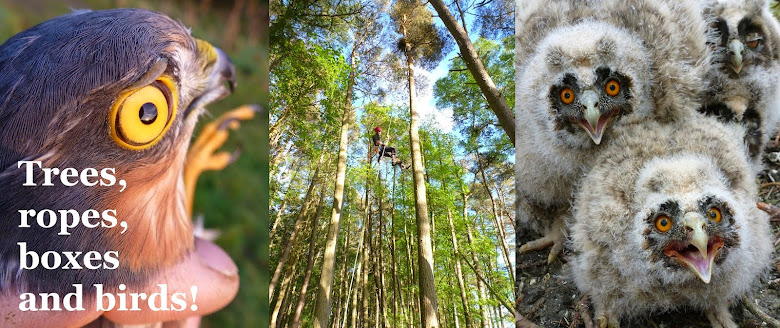The cotton grass catches the glow of the sinking sun as ruddy turtle doves flit across the clearing between islands of scrub and disappear again in thick cover to purr out their distinctive soothing song. That is a real treat already as turtle doves are now so scarce here in the UK(See Operationturtledove). Last time I heard them was many moons ago when I was a teenager volunteering at Minsmere RSPB reserve. Movement catches my eye and looking up I see dozens of black scimitar swifts whirl and criss-cross in the blue and higher still, something that looks like a big swift circles, soars and does a dash-and-grab. Then I see another and there are two hobbies snatching dragonflies out of the sky way above me. A brash rattling breaks the spell and I look across the path to reeds in the narrow ditch and there is a reed warbler, rattling out his brash song in full view. I leave him to it and wander on, the mosquitoes are a little too friendly here!
Inspired by the place and the space I relax, drink tea and ponder. And then I take out my pencils and the box of watercolour paints that have not been used for years. The world disappeared for an hour as I drew something of the place onto my paper, and into myself.
It was now nearly 9pm and time to be wandering back to my car, back there in the real world, wherever that was. Each quarter seemed to have it's own cuckoo, each playing call-and-answer with it neighbours, and I was treated to a brief soft burst of the strange night-song of the fern-owl or nightjar; this is the bird for which this place for primarily designated a protected area. And then a staccato baaow!. ..baaow! ..baaow! of roe buck stops me in my tracks. I see him then, a little distance ahead: he is head up, looking at me, calling, then coming closer, then calling, then coming closer..! Here is a wee vid of him alarming. I wasn't sure what he wanted to do so I stayed put until he had trotted past me.
There was one final treat in store as I watched two cranes, grey-blue in the faded light, coast out onto the moor and out of sight, what a fantastic leaving pressie! I wanted to stay longer, to breathe in the cool air, to keep watching, there was a buzzard on a fence post; there was something to see everywhere however, eventually the over-friendly mosquitoes got the better of me and I headed back to the car and the real world; I will still be Thorne Moor Dreaming for some time yet...






















































